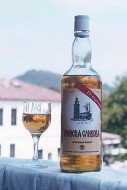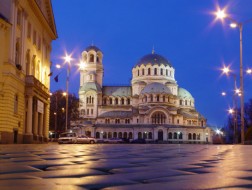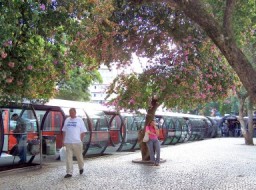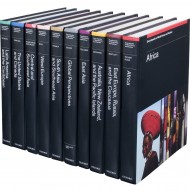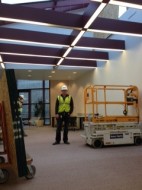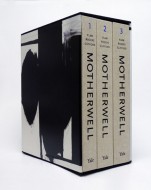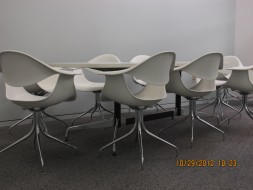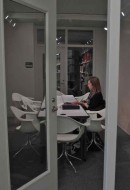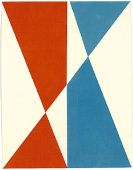
Documenting a Fashion Icon: The UC Bonnie Cashin Collection is a ‘test kitchen’, hands-on course that incorporates transdisciplinary inquiry and discourse, student crowdsourcing power, and Millennials innate love for technology, social media, and images, to investigate, interpret, digitize, and widely disseminate authoritative information about an important collection of garments, The UC Bonnie Cashin Collection.
The primary goal of the class: To actively engage UC students in transdisciplinary inquiry and discovery and enable innovation through collaboration AND to provide the global community of designers, historians, curators, students, and design-minded lay people with free and open access to visual and textual information about The UC Bonnie Cashin Collection, a collection with international research potential.
Students who complete this course will understand how to conduct formal, historical, and structural analysis of objects; the historical and cultural value of objects and collections; the principles of collecting and the curation of both physical and digital objects, textile conservation and proper handling techniques, and forms and variables related to physical and digital preservation. Students will learn how to conduct object analysis, interpret information, and prepare succinct, written descriptions of objects; the basics of database and website design; metadata and standardized descriptive language; and finally, how to organize, market, and execute a successful, multidimensional event (an exhibition & opening).
For more information about the class, see our course website! http://libraries.uc.edu/blogs/bonnie-cashin/
~Jennifer Krivickas, Head of the DAAP Library


